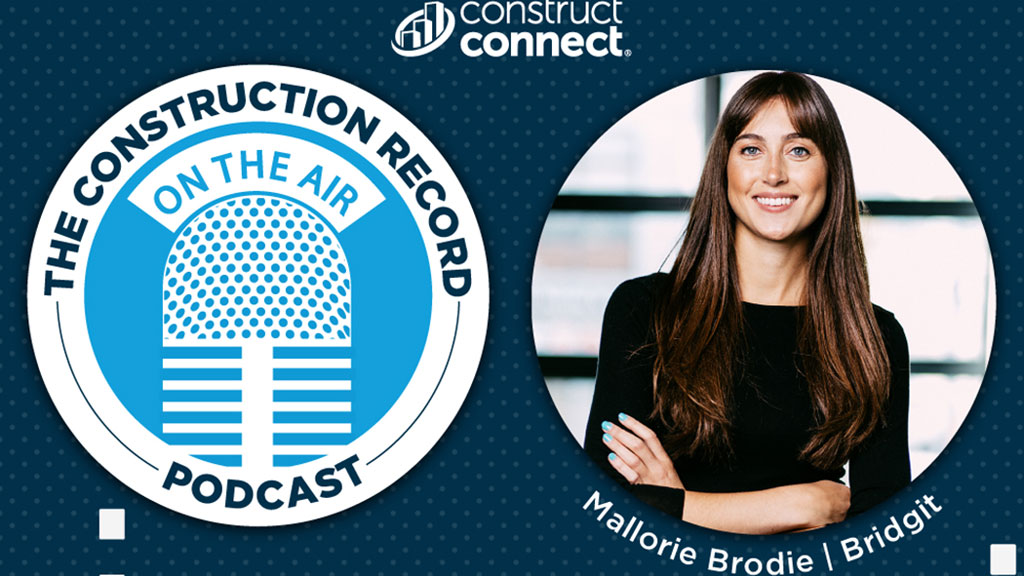In this ever-changing landscape, contractors with readily available, quickly digestible, and easily executed on construction data have become king.
With construction bidding becoming more competitive, general contractors are having to carefully plan projects to optimize their resources and mitigate risk — all with the goal of remaining as profitable as they can on every contract.
Leading contractors are able to accomplish this by putting their construction data to work and finding ways to do more with less.
Technologies built specifically for the construction industry are providing general contractors with new insight into their project and resource management. These insights are helping contractors streamline their core operations, make informed project decisions, and identify what project success looks like so it can be repeated on future builds.
Some of the ways that leading general contractors are making their data work for them include:
Utilization rates and forecasting into the future
Tracking workforce utilization rates is no simple feat. Construction resource management software that provides an overview of utilization rates helps contractors better identify specific roles or regions that operate at certain benchmarks, and which are falling short and costing money.
A birds-eye view of utilization rates into the coming months and years also allows general contractors to make informed decisions about project bidding and recruitment.
Knowing when to hire in a competitive job market and knowing when you have the capacity to take on more work is crucial to remaining profitable.
Leveraging historical project data and resource plans
It’s critical for contractors to have accurate foresight to help complete projects on time and on budget — and also to make competitive bids. Having the ability to look at historical project data allows general contractors to better understand the decisions that led to project success or failure.
Historical project data can shed light on project teams that have previously worked well together and also help to identify projects of similar scope to understand the required team sizes, their specific functions on the job, and how their work ramped up or down over the duration of the project. Data can also be used to reference team experience with specific market sectors or clients. General contractors can use this data to build best-fit and right-sized project teams that accurately reflect the work needed to be done.
Knowing the gaps and predicting your team size
One of the quickest ways that a general contractor can be at risk of losing money is having a disconnect between their workforce availability and project needs. Using data helps to paint a clear picture of the workforce demands from your project pipeline as well as the workforce available to meet those demands.
Better understanding supply and demand at a company level helps to identify gaps in your workforce. Whether it means the workforce is being spread too thin and is at risk of burn-out or the workforce supply exceeds project requirements, data provides actionable insights to keep contractors right-sized.
On an individual project, data can be used to determine whether the project needs are shrinking or growing over time so contractors can staff accordingly. This insight helps contractors maintain strong, but also lean, project teams to keep projects profitable.
This data can also be used to inform future planning to ensure project teams are assembled and allocated appropriately from kickoff to closeout.
As the level of industry competition continues to increase, every project’s importance (and how each project is staffed) is amplified. It isn’t major changes to how an organization operates that will give it a competitive edge.
Small changes to the decision-making process, using accurate data to support those decisions, and using historical projects to inform future planning can help contractors better identify what has worked and, most importantly, provide that competitive advantage by helping to repeat their previous successes.
Interested in learning more? Listen to The Construction Record podcast interview with Mallorie Brodie, CEO and co-founder of Bridgit, one of the first construction resource management tools.



Recent Comments
comments for this post are closed